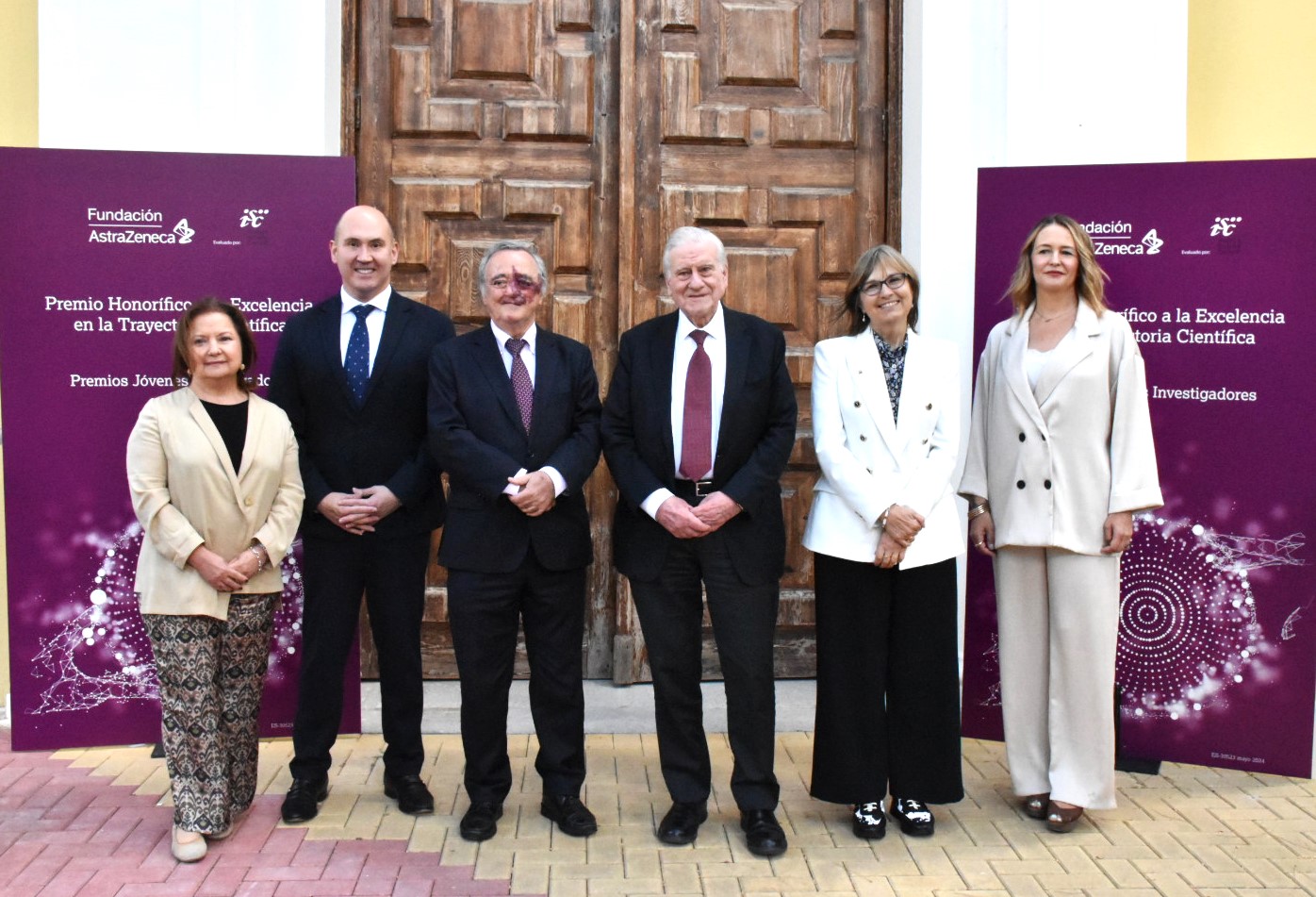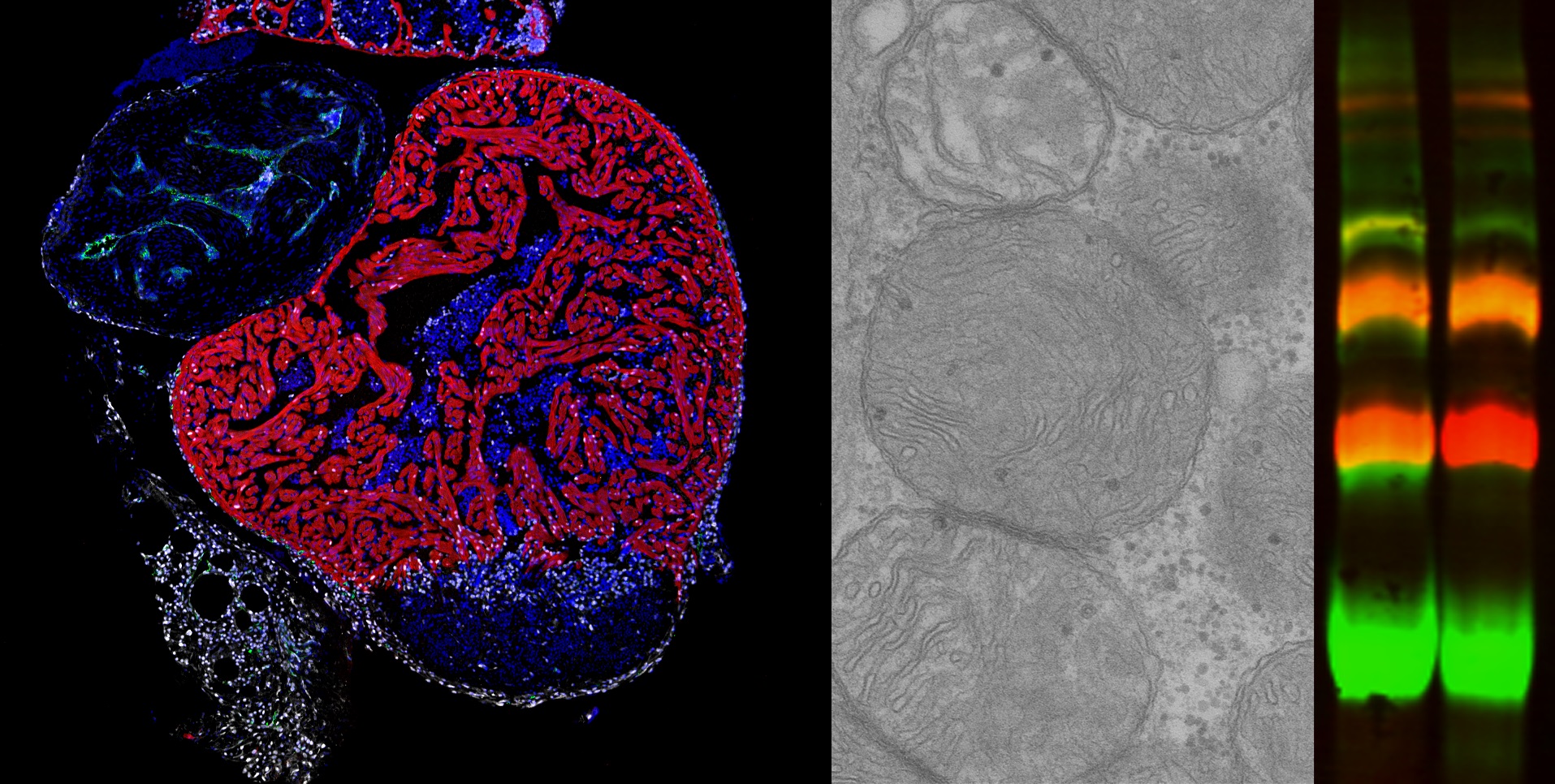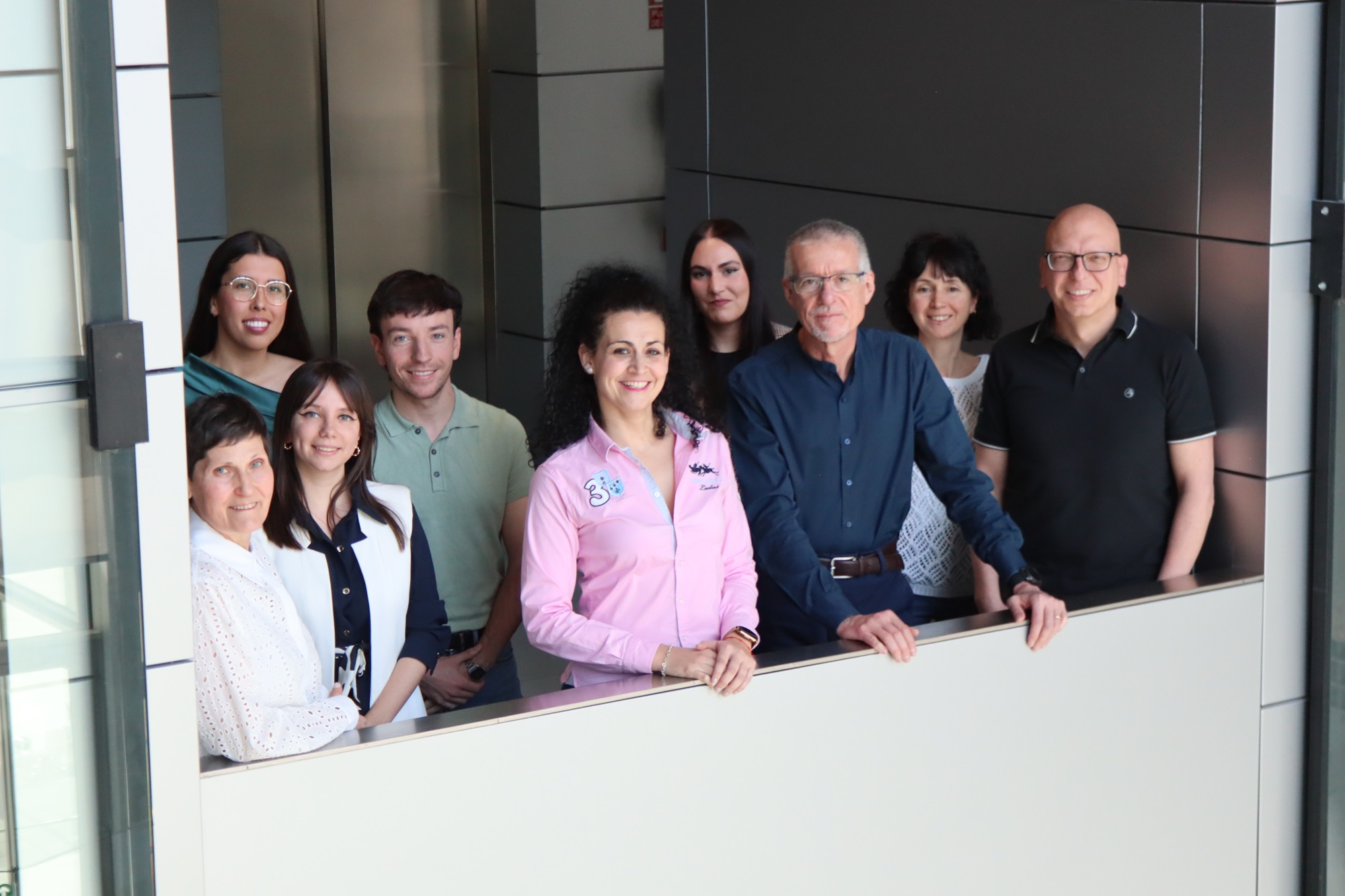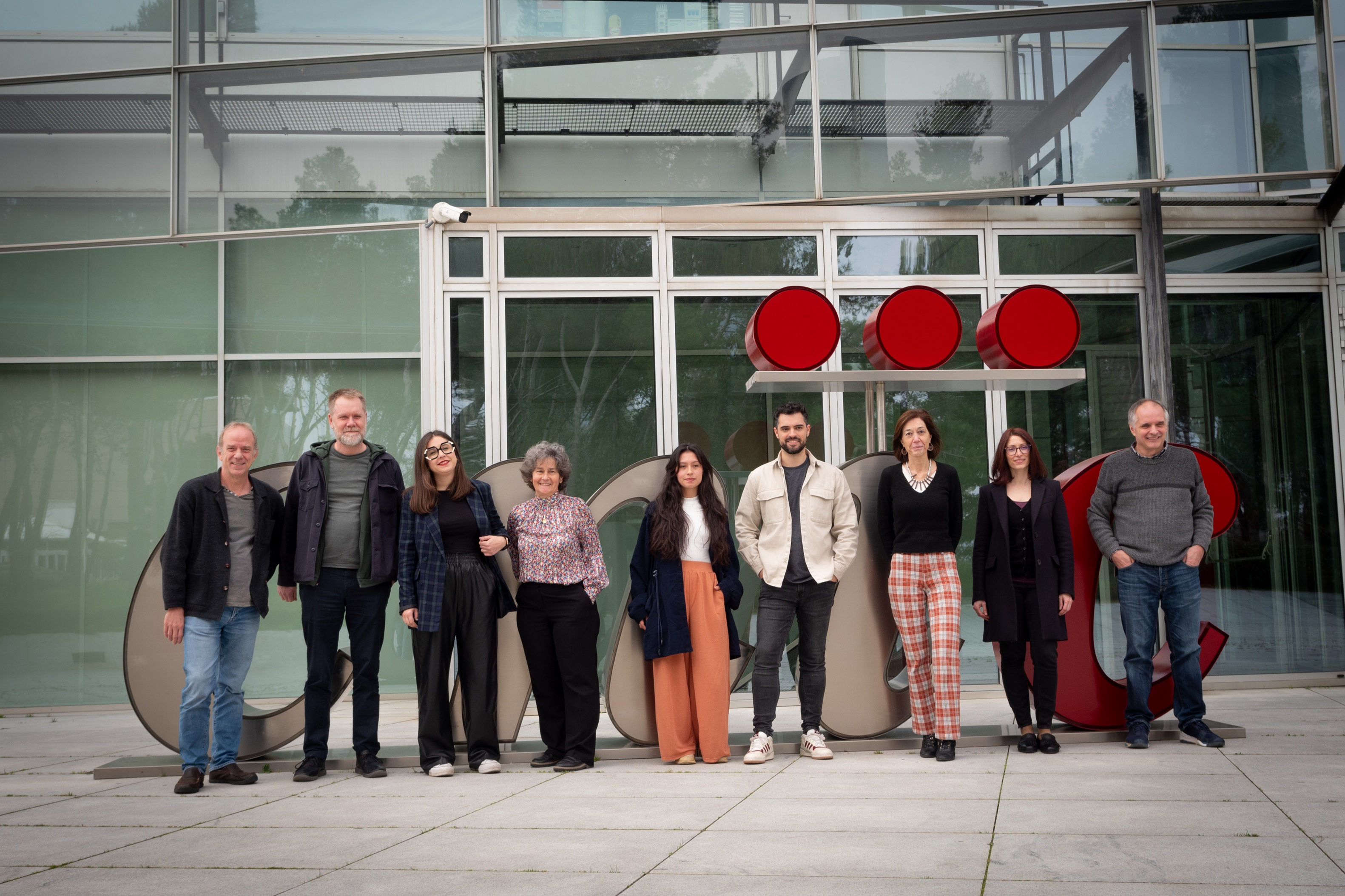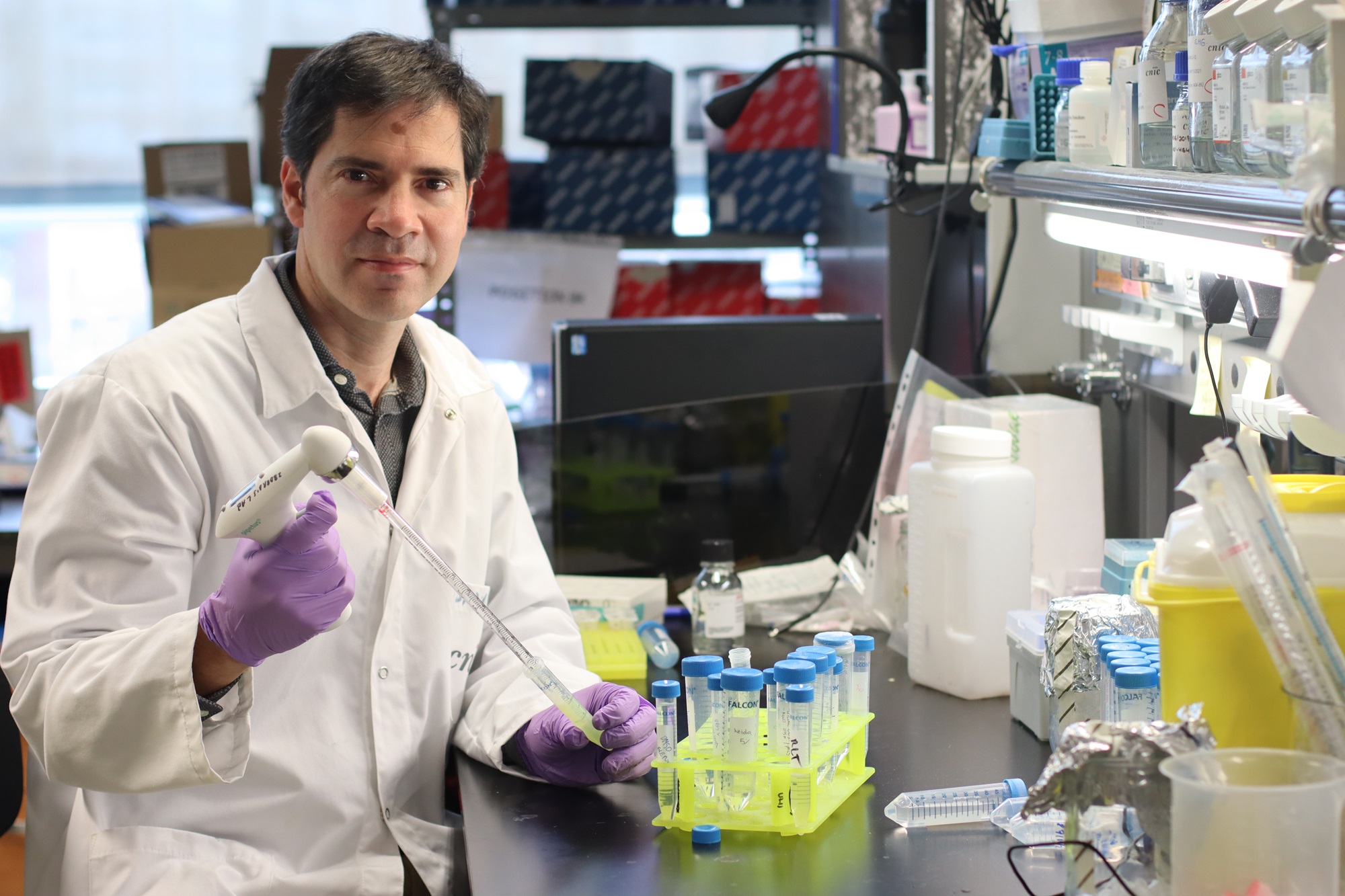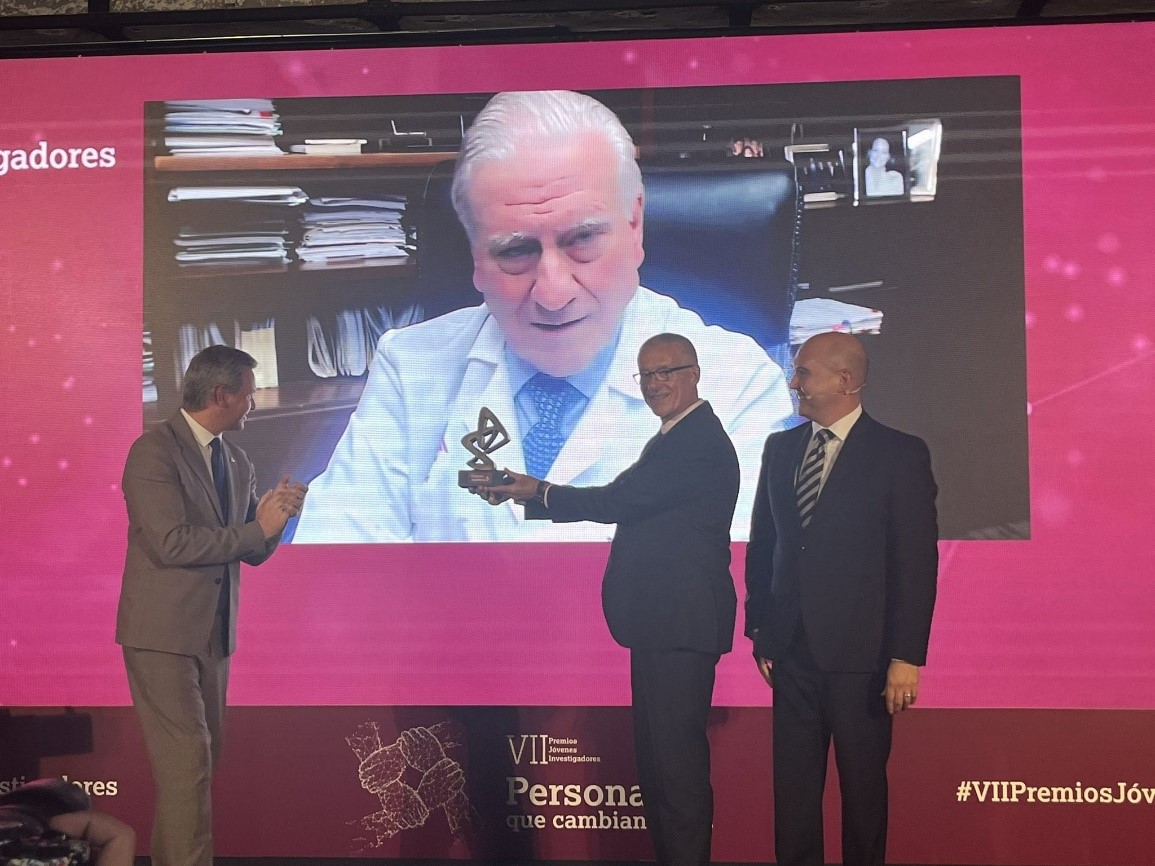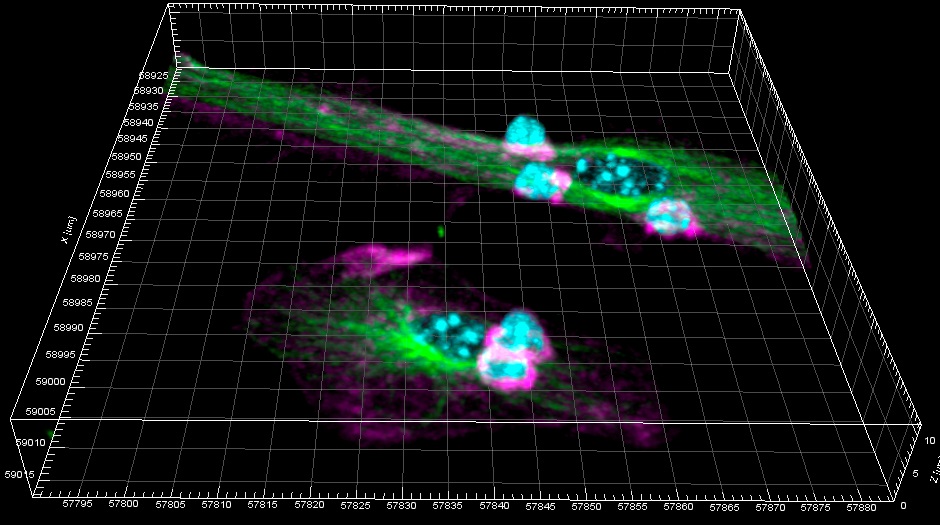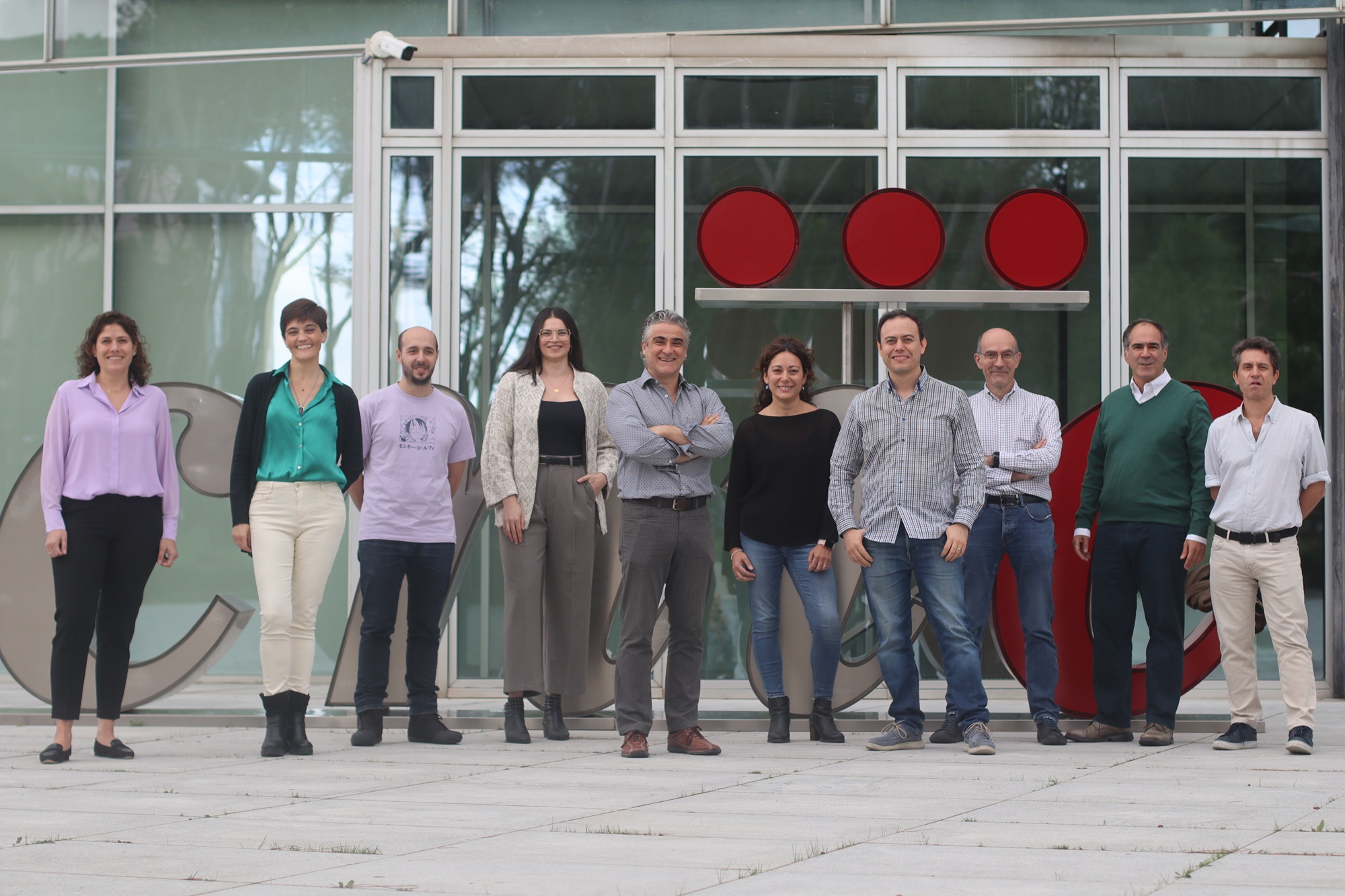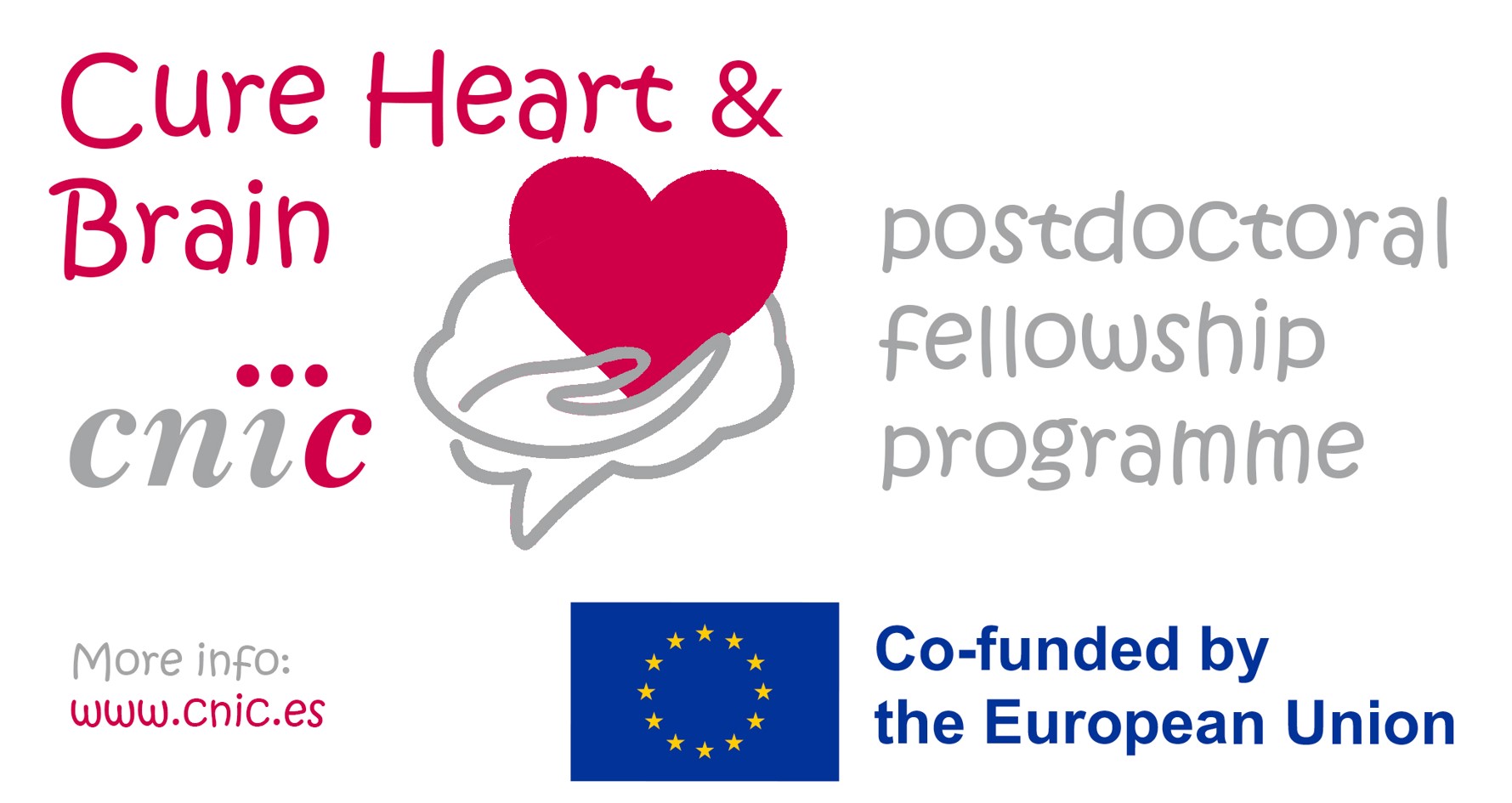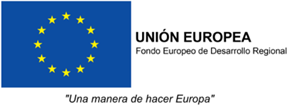News search
|
About the CNIC 17 May 2024 |
|
Research 6 May 2024 Scientists at the CNIC, CIBER, and University of Berne identify the fundamental role of a family of proteins in an essential process for cellular energy production |
|
Research 19 Apr 2024 The elimination of progerin from vascular smooth muscle cells, but not from endothelial cells, prevents the atherosclerosis associated with Hutchinson-Gilford progeria syndrome (HGPS) |
|
Research 1 Feb 2024 A study published in Nature Cardiovascular Research reveals smooth muscle-derived cells as a new target for reducing the size of atherosclerotic plaque. The results open up new avenues for the design of treatments to enhance the beneficial effect of cholesterol-lowering drugs |
|
About the CNIC 31 Oct 2023 Dr Sancho heads the CNIC Immunobiology Laboratory, whose work focuses on research into the function of dendritic cells and macrophages, as key immune cells that modulate immunity and inflammation, and the use of these cells in immunotherapy in a wide range of diseases |
|
About the CNIC 30 Oct 2023 The Honorific Award for Excellence in Scientific Research is awarded in recognition of the career of scientists who have contributed to the generation of knowledge and advances in their field of specialization |
|
Research 26 Oct 2023 Scientists at the CNIC and Hospital de la Princesa-UAM have identified profound changes taking place in dendritic cells during antigen presentation to a lymphocyte via intimate contact called an immune synapse |
|
Research 23 Oct 2023 This disease, which can trigger sudden death in elite athletes, is caused by genetic mutations that affect proteins responsible for connecting and coordinating the muscle cells (myocytes) in the myocardium the heart’s muscular wall |
|
About the CNIC 24 Sep 2023 |
- ‹ previous
- 2 of 9
- next ›
